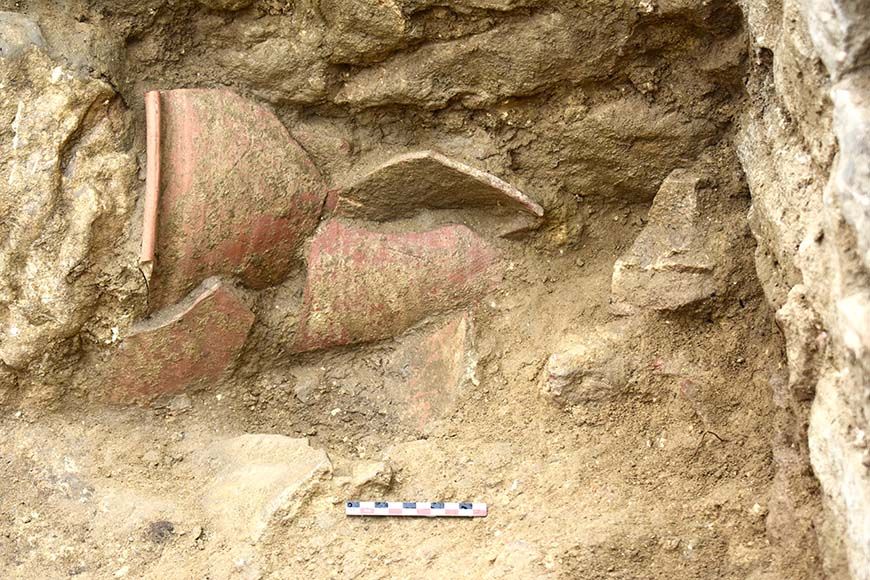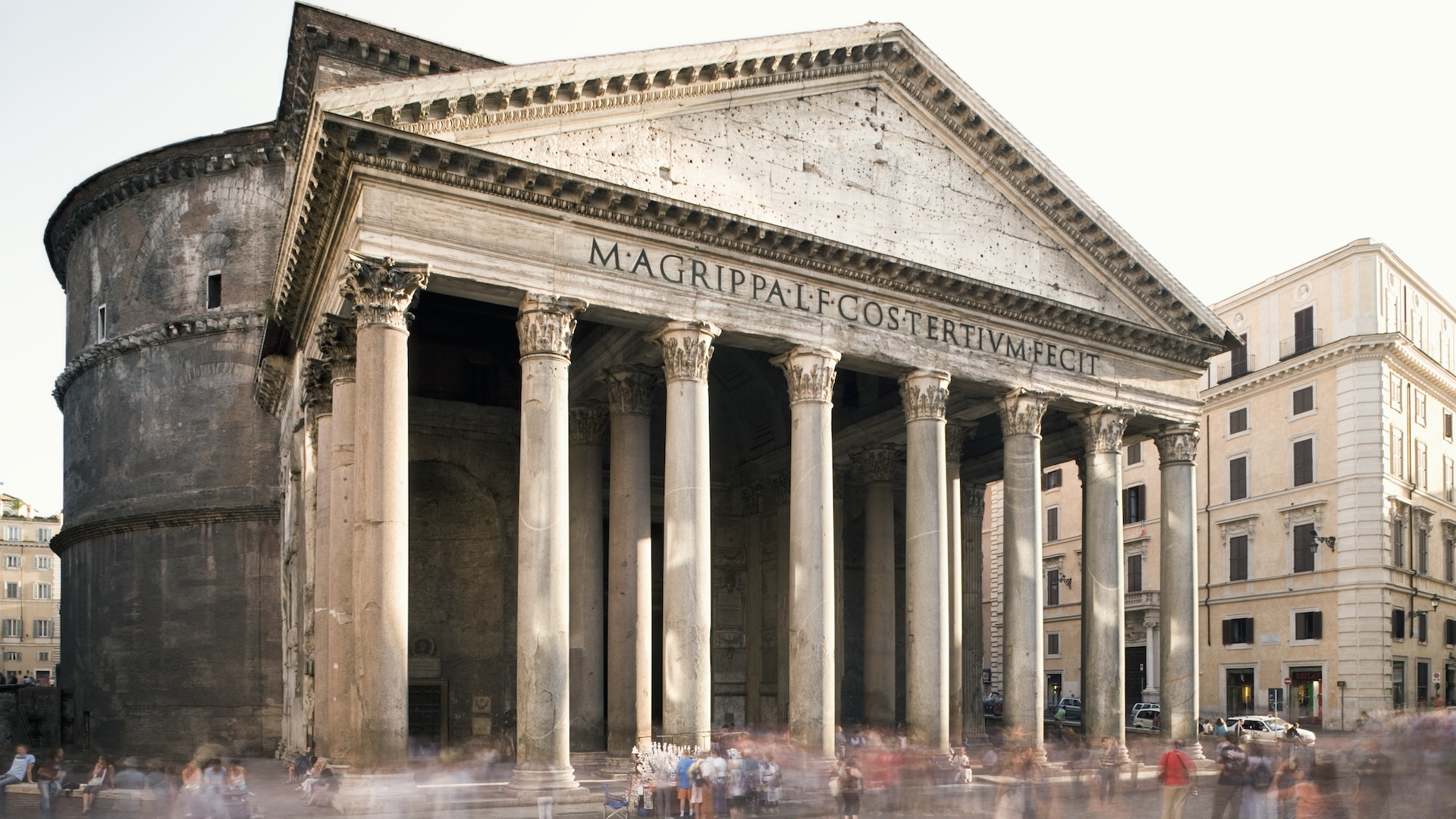When you buy through links on our site , we may earn an affiliate mission . Here ’s how it works .
Do n’t sniff the 5th - century Roman blossom pot . A fifth - hundred Roman in all probability pooped in it .
This is the ending , more or less , of a new study in which researchers analyzed the crusty build - up found inside a conical ceramic potbelly date stamp back 1,500 old age .

The small ceramic pot contained preserved eggs of a human intestinal parasite.
Once imagine to be a flower good deal , investigator unearthed the watercraft in the tub coordination compound of a Romanist Doroteo Arango in Sicily , named the Villa of Gerace . But a microscopic psychoanalysis of the weed ’s internal cheekiness revealed the preserved egg ofwhipworm — a parasite that lives in humans’large intestines .
harmonise to the researchers , that means the pot must have contained human feces at one point . In other words , the flower stack is not a flower pot at all — it ’s a sleeping room batch .
" Conical pots of this type have been recognized quite widely in theRoman Empireand in the absence seizure of other grounds they have often been called memory board jars , " bailiwick co - author Roger Wilson , an archeologist at the University of British Columbia in Canada , said ina argument . " The breakthrough of many in or near public latrines had led to a suggestion that they might have been used as chamber kitty , but until now proof has been lack . "

The pot was found buried in the bath complex of a Roman villa in Sicily.
Measuring about 12.5 inch ( 32 centimeters ) high-pitched and 13.5 inches ( 34 curium ) widely at the flange , the small ceramic can looks quite similar to the type you might piece up at a Home Depot to plant a few geranium in . However , this portable pot would also have proven useful for bathhouse visitant who did n’t want to trek to the other side of the villa when nature called . ( The villa ’s bath complex did n’t have built - in latrine , the researchers mark . )
give the watercraft ’s size , it was likely used in conjunction with a wicker or timberland chair , with the quite a little stashed conveniently underneath , the squad said .
After many , many US , mineral from urine and BM work up up in layers inside the chamber pile , form hard , firm concretion . If any of the pot ’s user happened to be taint with intestinal parasites , whipworm eggs could have gotten mixed in with those multitude ’s faeces , and therefore end up embed in the pot ’s coalition , the researchers said .

" We discover that the parasite eggs became entrapped within the layers of minerals that form on the pot Earth’s surface , maintain them for hundred , " study cobalt - author Sophie Rabinow , a alum bookman at the University of Cambridge in the U.K. , said in the command .
— Photos : Gladiators of the Roman Empire
— Could you stomach the repulsion of ' halftime ' in ancient Rome ?

— Why did Rome descend ?
This discipline solve the whodunit of one piffling papist pot , but it could also provide a theoretical account for identifying infinite other chamber pots from the era , the investigator said . The keystone to identify ancient Roman potties in this way hinge on the bearing of parasite eggs — meaning at least one person infected with enteral dirt ball would have had to use the stool in question .
Whether or not intestinal infections were a rare occurrent inancient Romeremains to be discovered . However , the researchers noted , in develop countries today where such infections are autochthonic , about half the population is infected by at least one type of enteral sponger . If similar trends control in the Roman Empire , then a regular treasure treasure trove of chamber pots may be out there just waiting to be key .

This field was issue Feb. 11 in theJournal of Archaeological Science Reports .
Originally published on Live Science .














